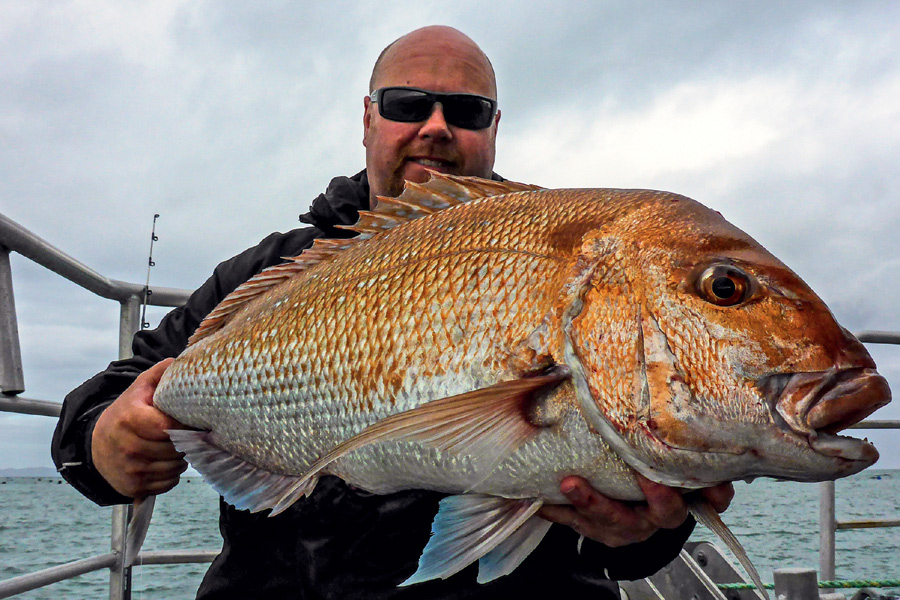In this feature, we delve into the significance of lead sinkers in various fishing rigs and styles. We’ll discuss how different weights impact your lures, spinners, squid jigs, slow-jigs, and soft-plastics, covering a wide range of fishing techniques. Whether you’re targeting trout in a stream or marlin in the ocean, understanding sinker weight is crucial for a successful fishing trip.
Why Weight Matters: The effectiveness of presenting your bait or lure to fish hinges on its weight. Regardless of the fishing technique, achieving the right weight is essential for positioning your offering in front of the target species. Closer and more natural presentation increases your chances of a successful catch, whether you’re fishing in a stream or the open ocean.
Stray-lining for Snapper: Stray-lining is a popular technique for catching snapper, especially in areas like the Bay of Plenty. Choosing the appropriate sinker weight is critical for this method. Using the lightest weight possible allows for a natural presentation, while heavier weights are necessary to counter strong currents. Detecting when your bait hits the bottom is vital for success.

Ledger Rigs: With ledger or flasher rigs, sinker weight selection varies depending on the hook style. Heavier sinkers are preferred with hooks that encourage fish to swim downward, while lighter sinkers work best with other hook types.
Surf-Casting: For surf-casting, sinker weight and shape determine casting distance. Tournament or break-out sinkers are ideal for longer casts, while grapnel sinkers are suitable for areas with strong currents.
Trout Jigging: In trout jigging, sinker weight is influenced by water depth and wind-induced drift. Using the right weight ensures your lure reaches the desired depth and improves hook-setting when the fish bites.
Nymphing for Trout: Nymphing in rivers requires adjusting leader length and fly weight based on water depth and current speed. Using appropriate sinkers ensures your flies reach the desired depth without compromising safety.
Squid Fishing: Squid jigs come in various sizes and styles, with heavier jigs suitable for deeper water or faster currents. Lighter jigs are effective near light sources at night when squid are more active.
Game Lures: Weighted game lures offer stability in rough seas but may perform poorly in calm conditions. Anglers should consider sea conditions when choosing weighted or unweighted lures.
Spinning Lures for Trout and Salmon: Spinning lures for trout or salmon require adjusting weight based on water depth and current speed. Lighter lures are preferred for natural presentation, especially when fish are feeding close to the surface.

Slow-Jigs: Choosing the right weight for slow-jigs depends on water depth and current strength. Lighter jigs are suitable for shallow water, while heavier jigs may be necessary for deeper water or strong currents.
Soft-Plastics: Sinkers for soft-plastic fishing should allow for natural presentation near the seafloor. Adjusting jig head weight based on current speed and direction ensures optimal presentation.
Selecting the right sinker weight enhances your chances of success in fishing. Fish are opportunistic feeders, and a natural presentation increases their likelihood of taking the bait. Whether you’re targeting trout in rivers or snapper in the ocean, understanding the importance of sinker weight is key to a rewarding fishing experience.
Images/Source: TheFishingWebsite





